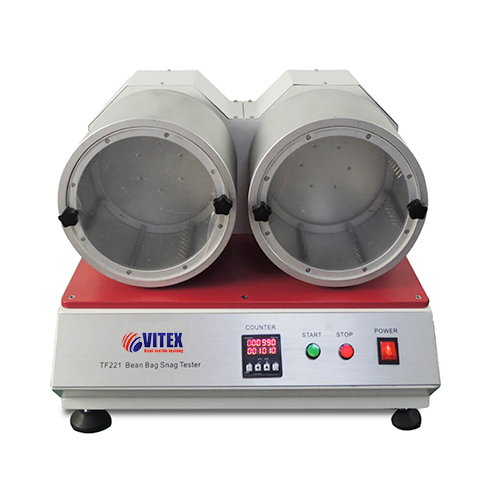Application
Bean Bag Snag Tester, to determine the snagging and picking resistance of knitted and woven fabrics by tumbling fabrics pillows containing a weighted bean bag within two separate test cylinders.
The bean bag snagging tester is provided with eight pinned bars, rotating at 20RPM for 100 revolutions. Provided with predetermined electronic counter.
Standards
ASTM D5362, JIS L1058
Power
220 /110 V 50/60 Hz 3 A
Weight
60 Kg
Dimensions
480 x 380 x 390mm (L x W x H)



